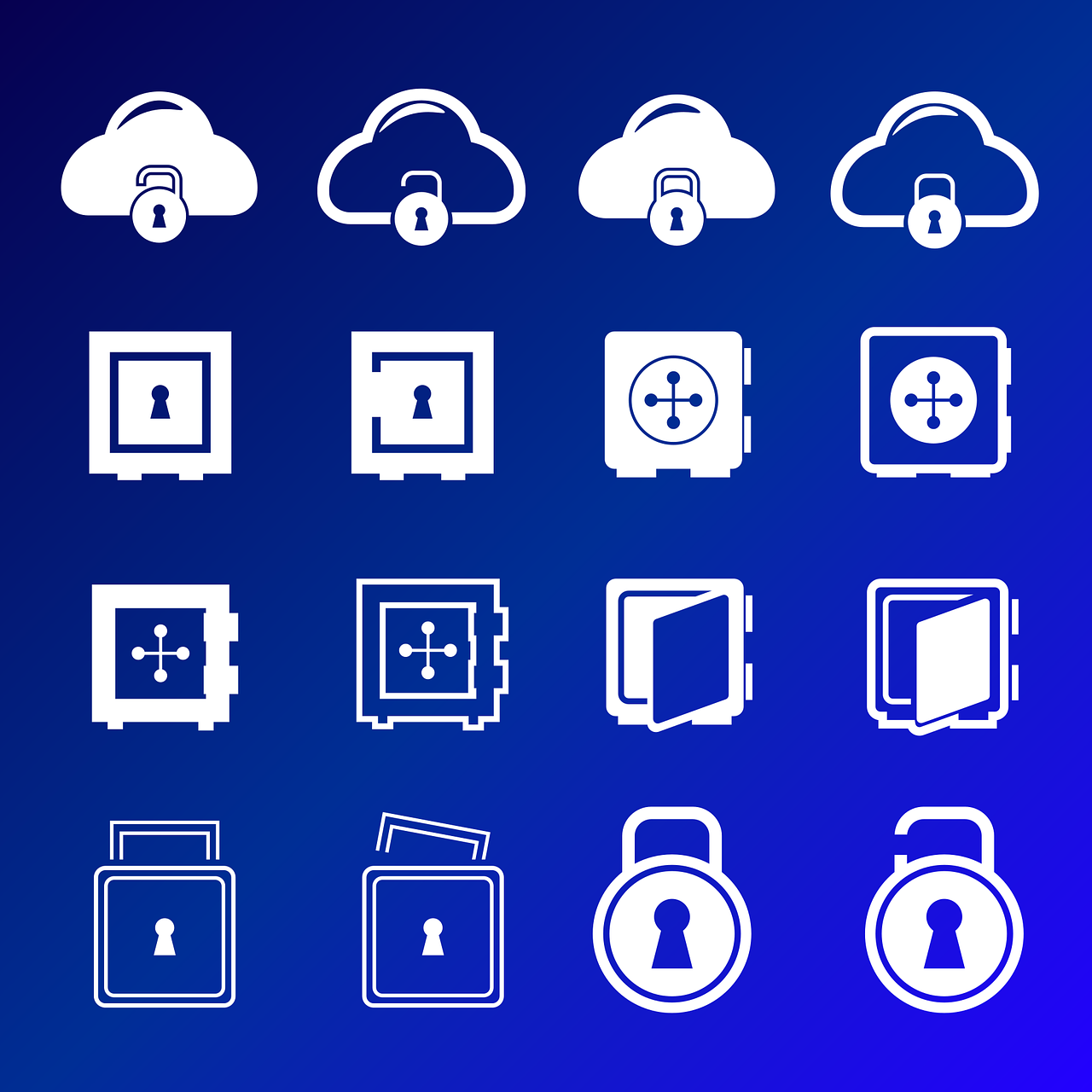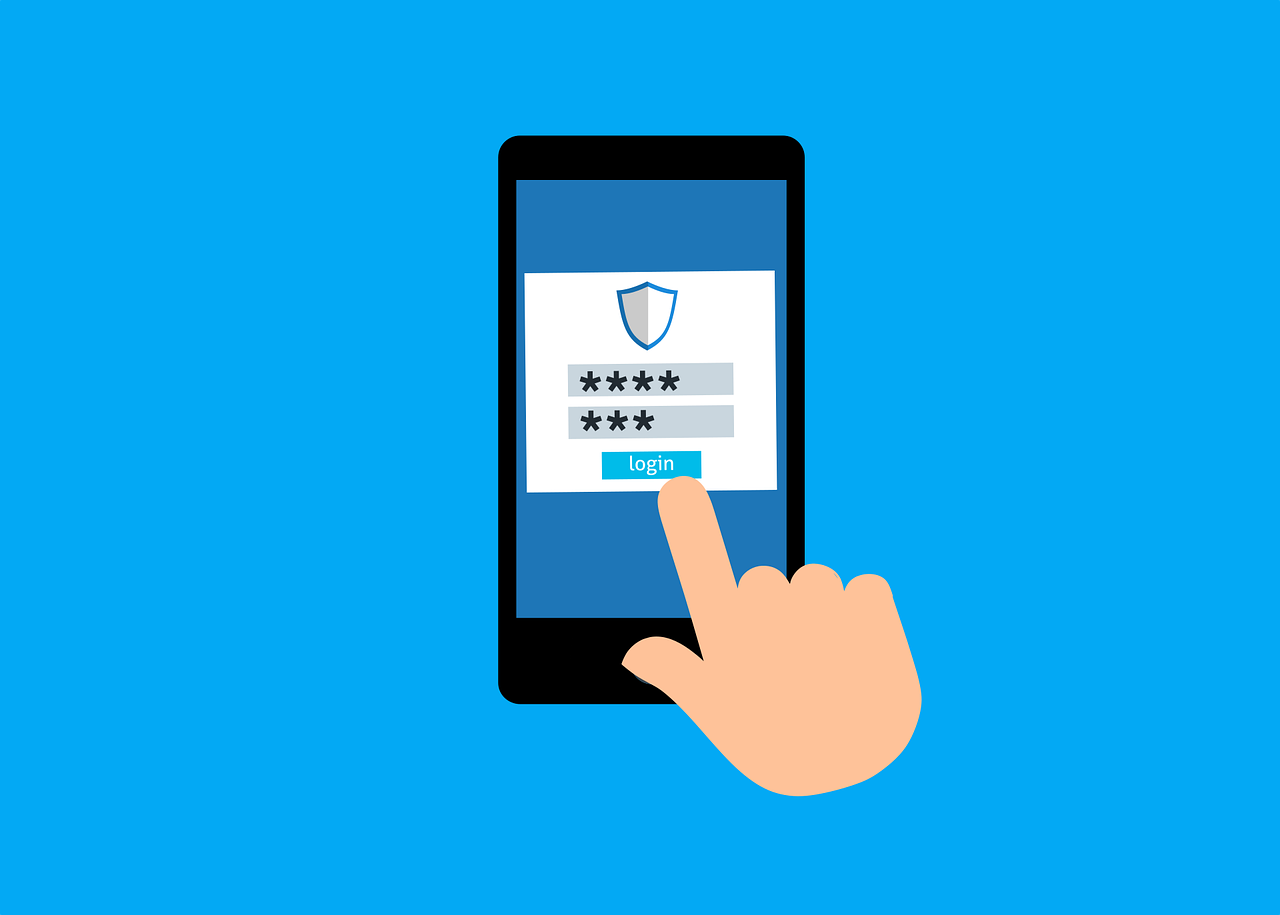Can My Data Be Removed from the Dark Web?
Personal data protection is more important than ever in this digital world. The dark web is a secret part of the internet that is very dangerous because it is often used for illegal things like selling personal information. Because the dark web is decentralized and private, it is very hard to get rid of data that is already there.
This article will go into detail about how hard it is to get data off of the dark web, how to keep your personal information safe, and other ways to make your online safety better. We’ll talk about what the dark web is, how hard it is to get rid of data, and what you can do to protect your identity.
What is the Dark Web and How Does It Work?
The dark web is a part of the internet that regular search engines don’t crawl, so you need special tools to get there. This site is famous for giving people a lot of privacy, which can be good or bad. It gives you privacy and can be used for good things, like keeping private messages safe, but it’s also a hub for bad things, like cybercrime and data dealing. Because of its secrecy, the dark web makes it hard to find and delete data that has already been shared.
Networks like Tor make the dark web possible by encrypting data and sending it through multiple nodes to hide the names of users. Anonymity is both a good and a bad thing because it lets people speak freely and privately, but it also makes it easier for illegal things to happen.
The dark web is different from the surface web and the deep web. You can use normal browsers to access the surface web, but databases and medical records are only accessible through the deep web. The dark web is purposely hidden.
To understand why it’s so hard to get info off of the dark web, you need to know how it works and how it’s organized. It is very hard to find and delete all copies of your personal information after it has been leaked because there is no central authority and data can be easily copied across many platforms.
In the next section, we’ll talk about whether it’s possible to get data off of the dark web and look at ways to keep your data safe.
Can Data Be Removed from the Dark Web?
Removing data from the dark web is extremely challenging due to its decentralized nature and the rapid dissemination of information. Once data is posted on the dark web, it is quickly copied and distributed among numerous cybercriminals, making it virtually impossible to remove completely. Despite these challenges, there are steps you can take to protect your identity and prevent further exposure.
Understanding The Challenges of Data Removal
The primary challenge in removing data from the dark web is its decentralized structure. Unlike traditional websites, which can be contacted directly to request data removal, dark web sites often operate outside legal frameworks, making it difficult to negotiate with administrators. Furthermore, the data is frequently shared and resold, creating multiple copies that are hard to track.
Proactive Measures for Protection
While removing data from the dark web is impractical, you can take proactive measures to protect your identity. This includes using identity and credit monitoring services to detect any suspicious activity related to your personal information. Enabling two-factor authentication and using strong, unique passwords for all accounts can significantly reduce the risk of unauthorized access.
In addition to these measures, regularly monitoring your online presence and using privacy tools can help minimize the risk of identity theft. Services like dark web scans can alert you if your information appears on the dark web, allowing you to take immediate action to secure your accounts.
In the next section, we’ll explore additional strategies for enhancing your digital security and protecting your personal data across the internet.
How Can I Enhance My Digital Security?
Enhancing your digital security involves a multi-faceted approach that includes protecting your data on both the dark web and the regular internet. This involves using privacy tools, removing personal information from data broker sites, and adopting robust security practices.
Removing Personal Information from Data Brokers
Data brokers collect and sell personal information, which can be accessed by anyone, including potential scammers. You can request that data brokers remove your information by contacting them directly or using automated services like Optery or Privacy Bee. These services can help streamline the process of opting out from hundreds of data broker sites.
Implementing Robust Security Practices
Implementing robust security practices is crucial for protecting your digital footprint. This includes using strong passwords, enabling two-factor authentication, and regularly updating your software to ensure you have the latest security patches. Utilizing a Virtual Private Network (VPN) can also help mask your IP address and protect your browsing activity from being tracked.
Additionally, being cautious with emails and downloads, avoiding public Wi-Fi for sensitive transactions, and educating yourself on cybersecurity best practices can significantly enhance your digital security.
In the final section, we’ll discuss how to take action if your information is found on the dark web and what steps you can take to protect yourself moving forward.
What To Do If Your Information Is Found on the Dark Web
If your information is found on the dark web, it’s essential to act quickly to protect your identity. This involves changing all passwords, enabling multi-factor authentication, and monitoring your accounts for suspicious activity. Using identity theft protection services can also help detect and mitigate any potential threats.
Immediate Actions to Take
If you discover that your information is on the dark web, the first step is to secure all your online accounts. Change your passwords to strong, unique ones, and enable two-factor authentication where possible. This adds an extra layer of security to prevent unauthorized access.
Long-Term Strategies
In the long term, consider using a password manager to generate and store complex passwords securely. Additionally, regularly review your online presence and use tools that monitor data breaches to stay informed about potential risks.
Protect Your Future Today
If you’re concerned about your personal data security or need assistance in protecting your digital footprint, contact us today. We can provide you with expert guidance and tools to help safeguard your identity and ensure your peace of mind in the digital world.
—
This Article has been Republished with Permission from The Technology Press.







